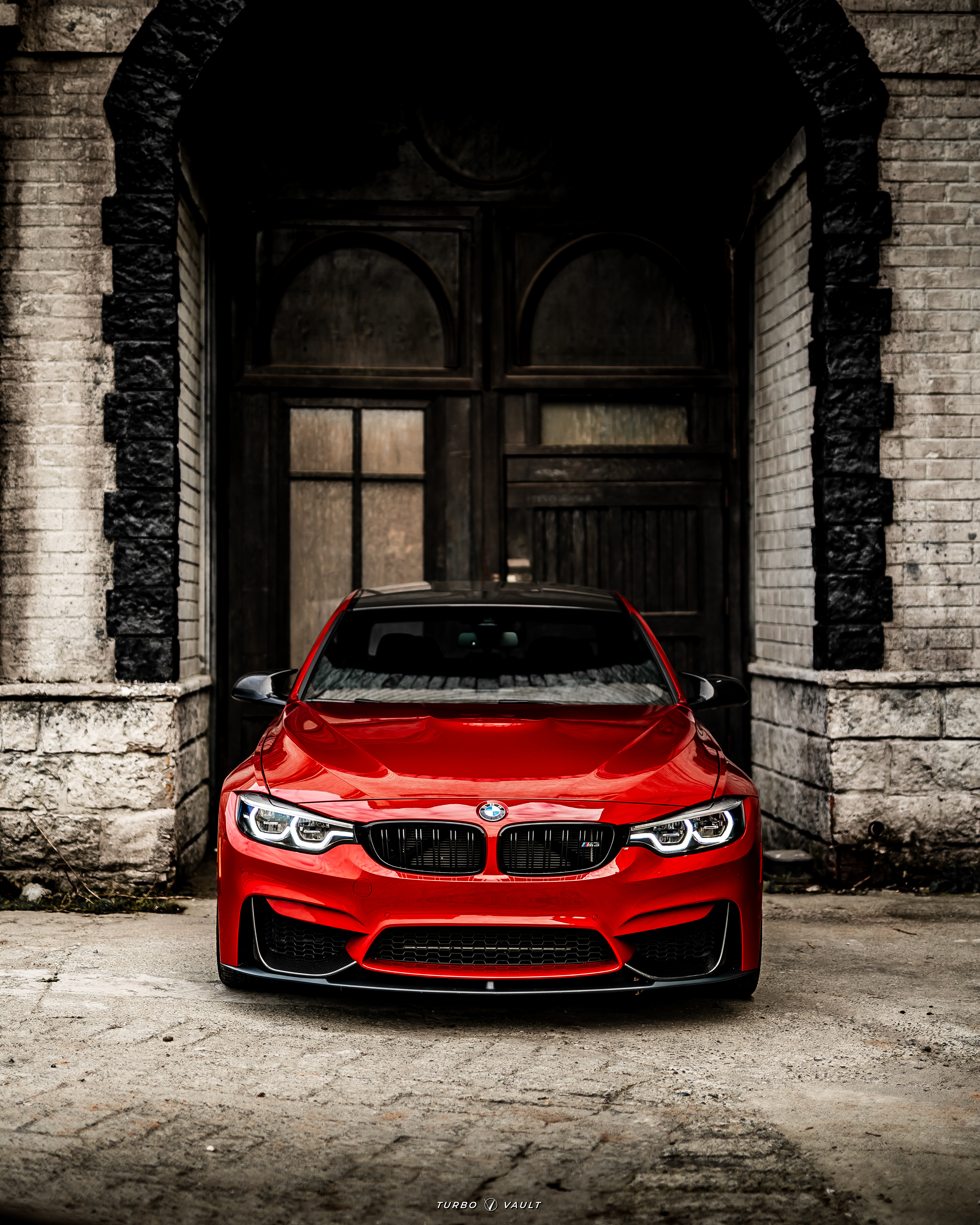Top Tips for Stunning Vehicle Photos That Sell
In the competitive world of vehicle sales, having stunning photos can make all the difference. High-quality vehicle photography not only grabs attention but also builds trust with potential buyers, making them more likely to take the next step in the buying process. Let's explore some top tips for capturing vehicle photos that truly sell.



Preparation is Key
Washing and Detailing
First impressions are everything, and a clean car is crucial. Before you start snapping photos, ensure the vehicle is thoroughly washed and detailed. This means washing the exterior, waxing the paint, and cleaning the wheels and tires. A clean car reflects light better and looks more appealing in photos.
Interior Cleaning Tips
Don't forget the interior! Vacuum the carpets, wipe down the dashboard, and clean the windows inside and out. Remove any personal items or clutter to ensure the interior looks pristine. Remember, potential buyers want to imagine themselves in the car, and a spotless interior helps them do just that.



Choosing the Right Location
Urban Settings
The backdrop of your vehicle photos can significantly enhance their appeal. Urban settings like city streets or modern architecture can give your photos a sleek, contemporary look. Look for locations with interesting lines and textures that complement the vehicle.
Natural Backdrops
For a more serene and timeless feel, natural settings such as parks, beaches, or countryside locations can be ideal. These environments provide a beautiful contrast to the vehicle's design and can evoke a sense of adventure and freedom.

Timing for the Perfect Shot
Golden Hour
Lighting can make or break your photos. The golden hour, which is the hour after sunrise and the hour before sunset, offers the most flattering natural light. This soft, warm light reduces harsh shadows and highlights the vehicle's features beautifully.
Avoiding Harsh Shadows
Midday sun can create unflattering shadows and highlights. If you must shoot during this time, try to find shaded areas or use diffusers to soften the light. Overcast days can also be great for photography as the clouds act as a natural diffuser, providing even lighting.

Essential Equipment and Tools
DSLR vs. Mirrorless
Both DSLR and mirrorless cameras are excellent choices for vehicle photography. DSLRs are known for their durability and battery life, while mirrorless cameras are lighter and offer superior video capabilities. Choose the one that fits your needs and budget.
Lens Selection
The right lens can make a huge difference. Wide-angle lenses are great for capturing the full vehicle and its surroundings, while telephoto lenses can help you focus on specific details. A versatile zoom lens can cover a range of needs.
Tripods, Stabilizers, and Lighting
Keeping it Steady
A tripod is essential for keeping your camera steady, especially in low-light conditions. It also allows you to take multiple shots from the same angle, making it easier to select the best one later. For motion shots, consider using a stabilizer to reduce camera shake.
Natural vs. Artificial Light
While natural light is often best, sometimes you need extra lighting to achieve the desired effect. Reflectors can help bounce natural light into shadowed areas, while external flashes and continuous lights can provide the additional illumination needed for indoor or low-light shoots.



Mastering the Composition
Angles and Perspectives
Capture the vehicle from multiple angles to showcase its design and features. Front, side, and rear shots are essential. Get low to the ground for a dramatic perspective or shoot from a higher angle to show off the roofline and overall shape.
Interior and Detail Shots
Don't neglect the interior and detailed shots. Highlight the dashboard, seats, and any unique features. Close-ups of the wheels, badges, and other distinctive elements can also add value and interest.
Keeping the Focus on the Vehicle
Make sure the vehicle is the main focus of your photos. Use a wide aperture to blur the background and keep attention on the car. Be mindful of any distractions in the background that could take away from the overall composition.
Highlighting Key Features
Special Editions and Customizations
If the vehicle has unique features or customizations, make sure to highlight them. Special editions, aftermarket upgrades, and unique color schemes can be major selling points.
Dashboard and Controls
Showcase the functionality and design of the dashboard. Highlight features such as the infotainment system, climate controls, and any other technology that sets the vehicle apart.
Upholstery and Comfort
Capture the quality and condition of the seats and upholstery. Highlight any luxury materials or features like heated seats, ambient lighting, or extra legroom.

Utilizing Post-Processing Techniques
Adobe Photoshop
Photoshop is a powerful tool for enhancing your vehicle photos. Use it to adjust colors, remove imperfections, and add creative effects. Be careful not to overdo it; the goal is to enhance the photo, not make it look unnatural.
Lightroom Tips
Lightroom is excellent for managing and editing large batches of photos. Use it to adjust exposure, contrast, and color balance. Presets can save time and ensure consistency across your photo series.
Adjusting Brightness and Contrast
Properly adjusted brightness and contrast can make your photos pop. Increase contrast to give your images more depth and definition, and adjust brightness to ensure the details are visible without washing out the highlights.
Retouching Imperfections
Even a well-prepared vehicle can have minor imperfections. Use editing tools to retouch scratches, dents, or blemishes. This attention to detail can make a significant difference in the overall quality of your photos.

Common Mistakes to Avoid
Overexposure
Overexposed photos lose detail and can appear washed out. Use your camera's histogram to check exposure levels and adjust settings to prevent overexposure.
Poor Framing
Ensure the vehicle is well-framed within the shot. Avoid cutting off important parts of the car and keep the composition balanced. Use the rule of thirds to create visually appealing images
Capturing stunning vehicle photos that sell requires preparation, the right equipment, and an eye for composition. By following these tips and continuously practicing, you can create images that not only showcase the vehicle's best features but also attract and engage potential buyers. Happy shooting!
FAQs
What camera settings are best for vehicle photography?
For vehicle photography, use a low ISO setting (100-200) to reduce noise, an aperture of f/8 to f/16 for a wide depth of field, and a fast shutter speed (1/125 or faster) to capture sharp images.
How can I make my photos stand out from the competition?
To make your photos stand out, focus on unique angles, pay attention to lighting, and highlight the vehicle's key features. Post-processing techniques can also enhance the final image.
Is it necessary to use professional editing software?
While not necessary, professional editing software like Adobe Photoshop and Lightroom offers advanced tools and features that can significantly improve the quality of your photos.
What are the best times of day for car photography?
The best times for car photography are during the golden hour—shortly after sunrise and before sunset—when the light is soft and warm, reducing harsh shadows.
Can smartphone cameras be used for professional car photography?
Smartphone cameras have advanced significantly and can be used for car photography, especially with good lighting and composition. However, a DSLR or mirrorless camera typically offers better image quality and more control.
